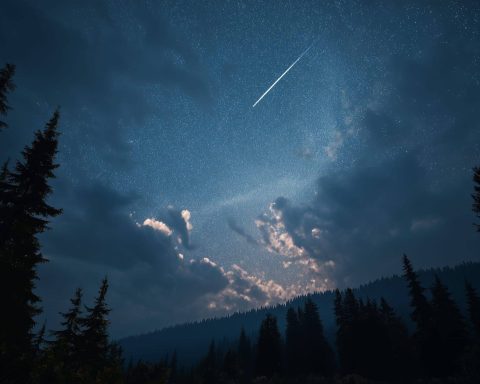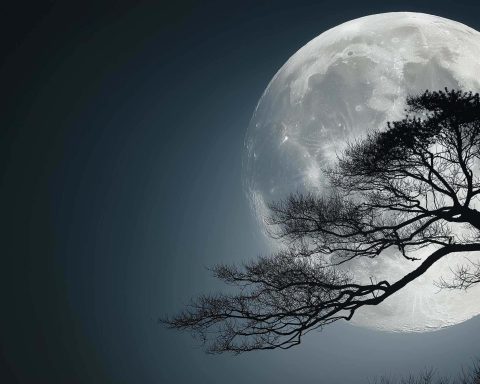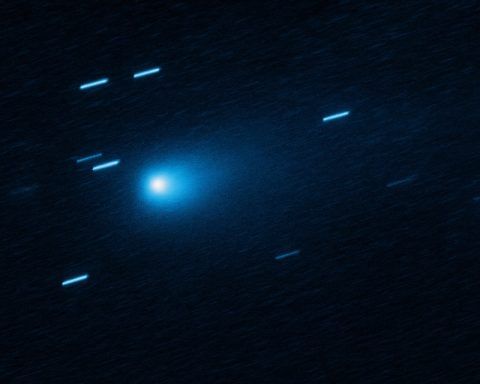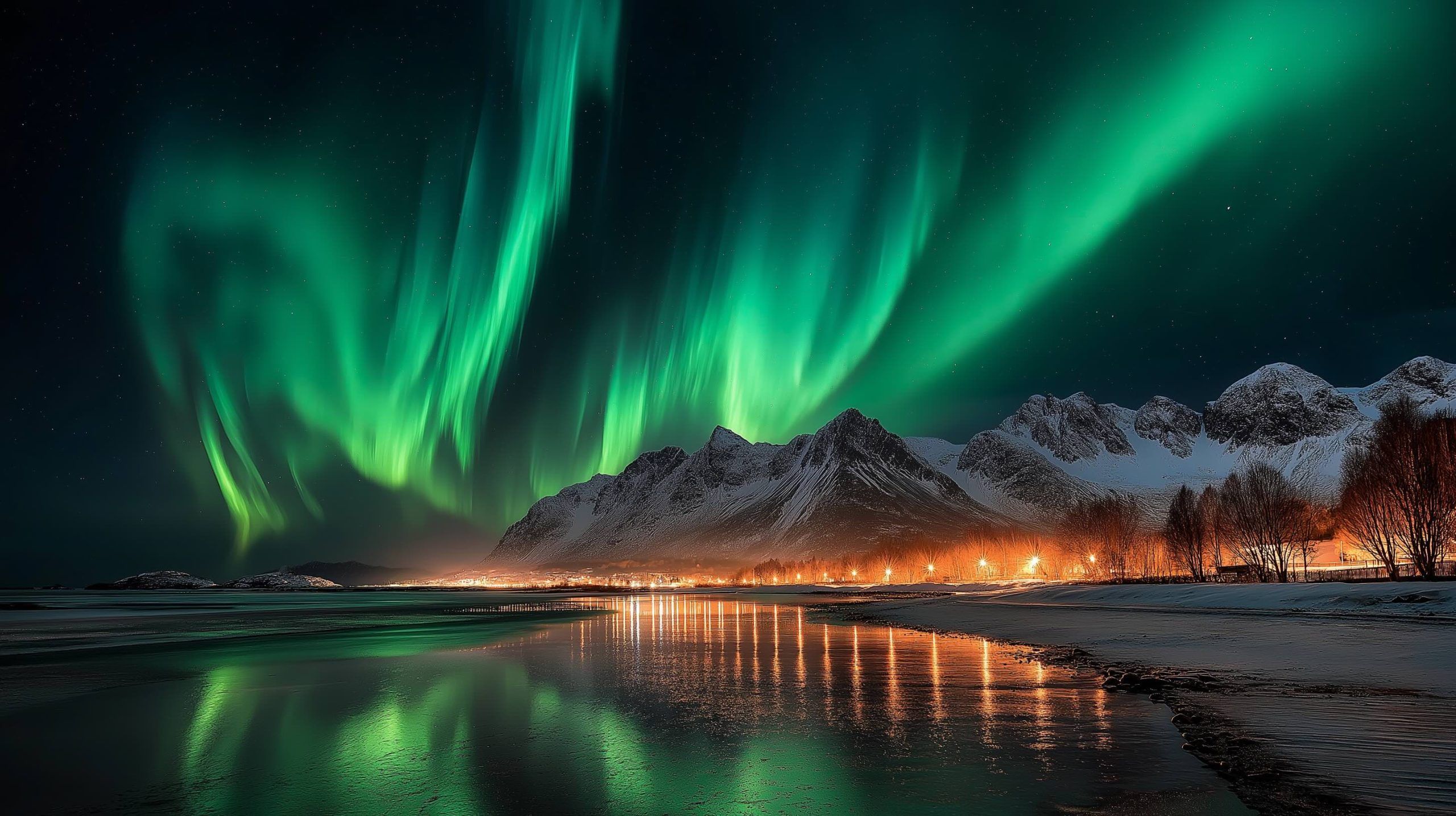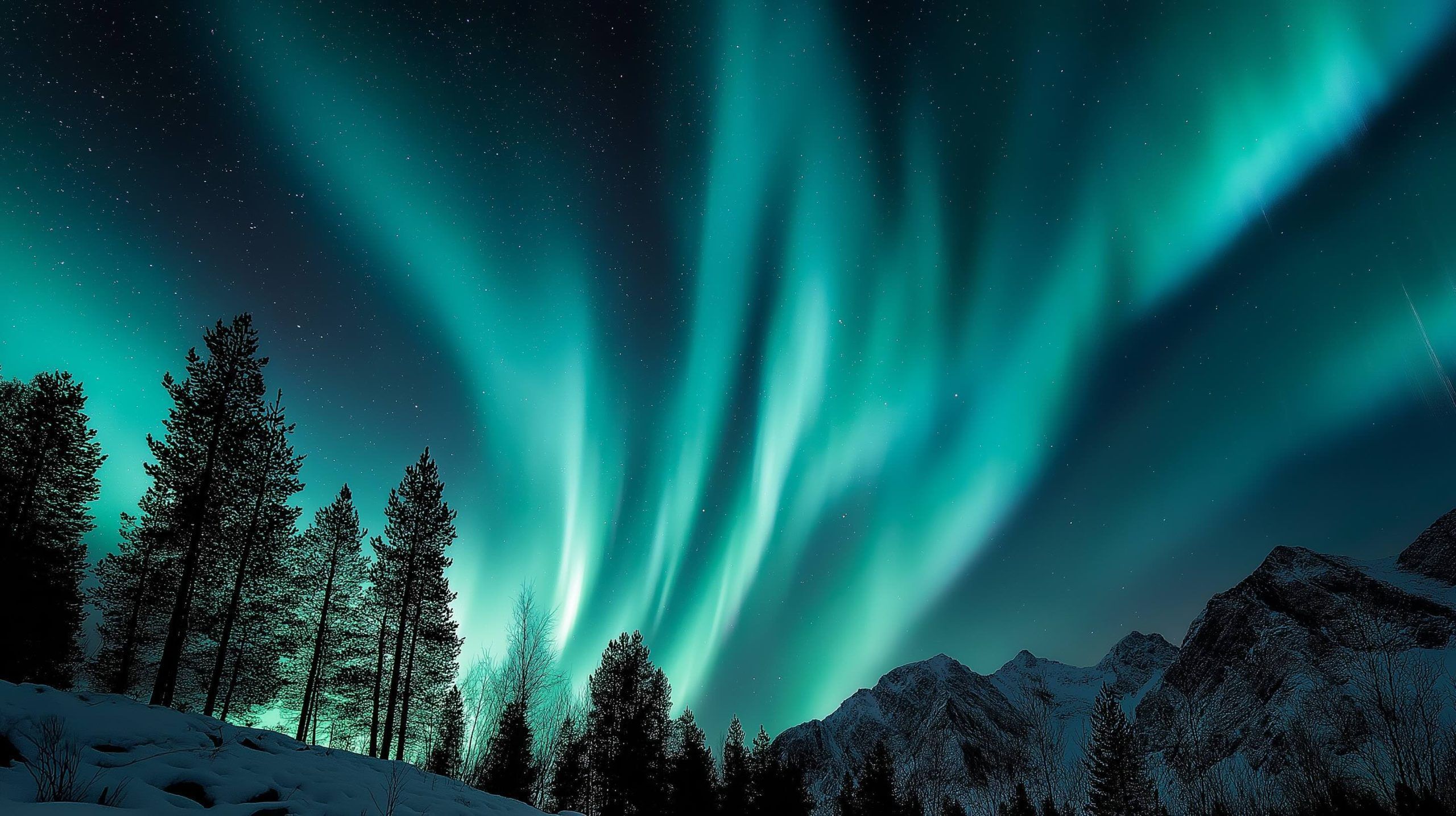
Moon Tonight, December 5, 2025: How to See the Last Cold Supermoon of the Year
On Friday night, December 5, 2025, the Moon is still basking in the glow of the year’s final full “Cold” supermoon — and to the naked eye, it will look gloriously full all over again. The exact moment of full phase occurred yesterday (Thursday,
